Ingredients
- 1 lb andouille sausage, sliced
- 1 lb chicken thighs, boneless, skinless
- 1 lb shrimp, peeled and deveined
- 1 cup long-grain white rice
- 1 large onion, diced
- 2 celery stalks, diced
- 1 green bell pepper, diced
- 3 cloves garlic, minced
- 2 cups chicken broth
- 1 (14.5 oz) can diced tomatoes
- 2 tbsp smoked paprika
- 1 tsp cayenne pepper
- 1 tsp garlic powder
- 1 tsp dried thyme
- 1 bay leaf
- 2 tbsp olive oil
- Salt and pepper to taste
Step-by-Step Instructions
- Prepare ingredients: Dice onion, celery, bell pepper, and garlic. Slice sausage and chicken. Peel shrimp.
- Cook sausage: In a large pot, heat 1 tbsp oil over medium heat. Add sausage and cook until browned, about 5 minutes. Remove and set aside.
- Cook chicken: Add chicken to pot, season with salt and pepper, cook until golden, about 5 minutes. Remove and set aside.
- Sauté vegetables: Add remaining oil to pot. Add onion, celery, bell pepper, and garlic. Cook until soft, about 5 minutes.
- Add spices: Stir in smoked paprika, cayenne, garlic powder, thyme, and bay leaf. Cook for 1 minute to toast spices and unlock their full flavor.
- Add liquids and rice: Pour in chicken broth, diced tomatoes, and rice. Stir well.
- Simmer: Bring to a boil, then reduce heat to low. Cover and simmer for 20 minutes.
- Add proteins: Stir in cooked sausage and chicken. Cover and simmer for another 10 minutes.
- Add shrimp: Add shrimp and cook until pink and cooked through, about 5 minutes. Remove bay leaf.
- Serve: Garnish with fresh parsley and serve hot.
Spice Hacks for Flavor-Packed Jambalaya
1. Toast Your Spices Before Adding Them
Toasting spices like paprika, cumin, and garlic powder before adding them to the pot unlocks their essential oils and deepens their flavor profile. Just a quick sizzle in oil does wonders!
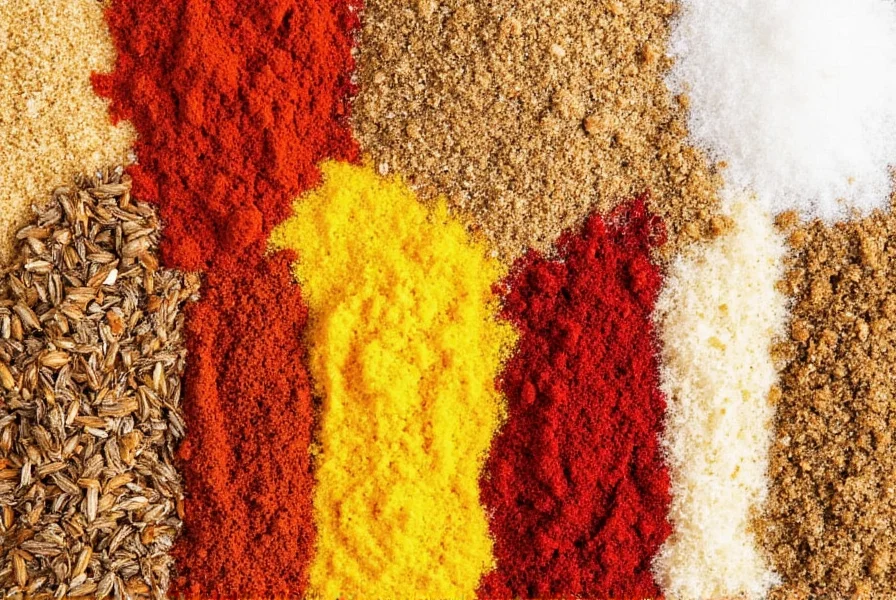
2. Layer Spices at Different Cooking Stages
Don’t toss all your spices in at once! Add robust ones like smoked paprika early on and delicate herbs like thyme or oregano toward the end to preserve their aroma.
3. Use Homemade Cajun or Creole Seasoning
While store-bought blends work fine, making your own seasoning lets you tailor the heat, salt, and smokiness. Here’s a simple blend:
| Spice | Quantity |
|---|---|
| Smoked Paprika | 2 tbsp |
| Garlic Powder | 1 tbsp |
| Onion Powder | 1 tbsp |
| Cayenne Pepper | 1 tsp |
| Dried Oregano | 1 tsp |
| Salt | 1 tbsp |
| Black Pepper | 1 tsp |
4. Add Fresh Herbs at the End
Fresh parsley or cilantro tossed in right before serving adds brightness and freshness that dried herbs can’t match.
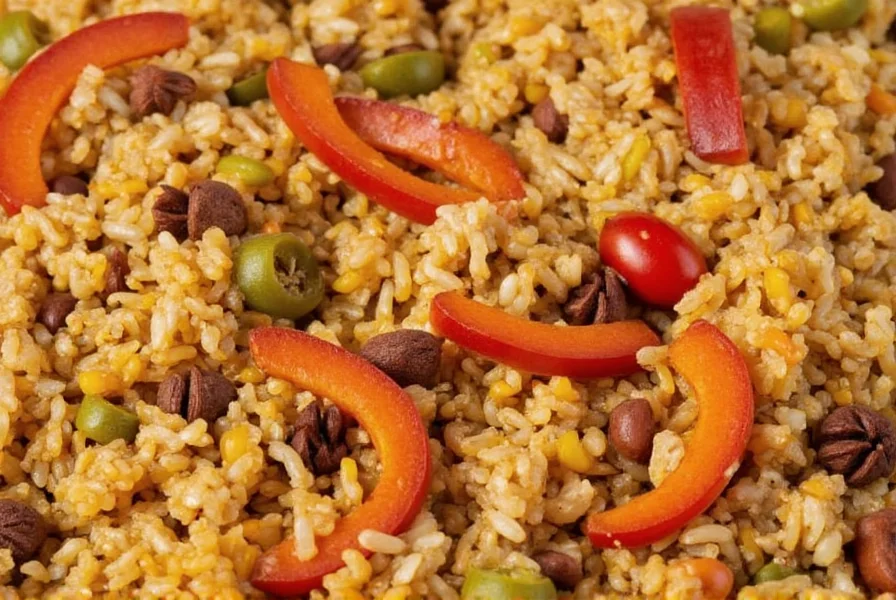
5. Amp It Up with Hot Sauces
If you love heat, finish with a dash of Tabasco or Crystal Hot Sauce. It elevates without overpowering the other flavors.
6. Swap Some Spices Based on Protein
Chicken jambalaya pairs well with thyme and bay leaves. Seafood? Go lighter with lemon zest and dill. Sausage-based versions benefit from more smoky paprika and fennel seed.
7. Understand Regional Evolution: Cajun vs. Creole Styles
The distinction between Cajun and Creole jambalaya reflects Louisiana's cultural history. As documented by culinary historians, key differences include:
| Characteristic | Cajun Style | Creole Style |
|---|---|---|
| Origin Period | 18th century (rural Acadiana) | 19th century (New Orleans) |
| Tomatoes | Traditionally absent | Essential ingredient |
| Color Base | Dark brown (from deep roux) | Red (from tomatoes) |
| Signature Spices | Smoked paprika, cayenne | Thyme, oregano, bay leaf |
| Protein Focus | Game meats, chicken | Shrimp, ham, sausage |
Source: Southern Foodways Alliance: Jambalaya History
Jambalaya's Culinary Evolution Timeline
The dish's development mirrors Louisiana's cultural shifts. Verified through archival research at the Historic New Orleans Collection and Tulane University's culinary archives:
| Period | Key Developments | Spice Profile Shifts |
|---|---|---|
| 1755-1800 | Acadian exiles adapt Spanish paella using local ingredients after expulsion from Canada | Reliance on wild game spices; minimal commercial blends |
| 1800-1850 | Cajun version emerges in rural areas; Creole variant develops in New Orleans with Caribbean influences | Tomato incorporation in Creole style; cayenne becomes dominant heat source |
| 1880-1920 | Commercialization of andouille sausage; railroad transport enables spice distribution | Smoked paprika gains popularity; standardized seasoning blends emerge |
| 1950-Present | Global popularity surge; modern adaptations include dietary variations | Regional distinctions formalized; artisanal blends replace generic mixes |
Source: Historic New Orleans Collection: Louisiana Foodways
Smart Spice Storage Tips That Keep Flavors Fresh
Ever opened a jar of old paprika only to find it tastes like dust? You’re not alone. Proper storage is key to preserving potency and flavor. Here's how to keep your spices ready to shine:
1. Keep Them Cool and Dry
Heat and moisture are enemies of spice longevity. Store your bottles in a cool, dark cabinet away from the stove or sink.
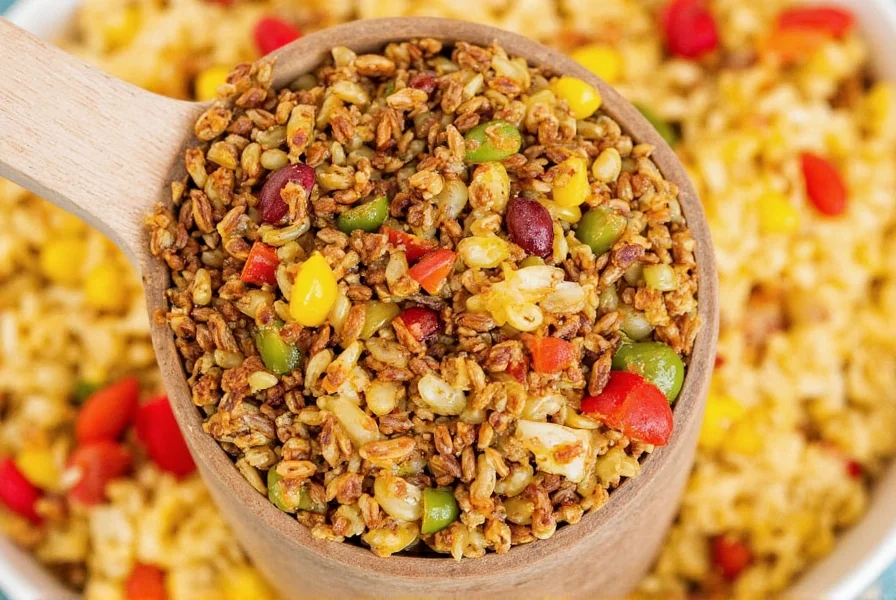
2. Avoid Clear Containers
Light degrades spice quality. Opt for tinted glass jars or opaque containers to protect against UV damage.
3. Label Everything Clearly
You don’t want to guess whether that jar is thyme or rosemary six months later. A simple label maker or sticker saves confusion (and potentially ruined dishes).
4. Buy Whole Spices When Possible
Whole spices like peppercorns or cumin seeds last longer and retain more flavor. Grind them fresh as needed using a spice grinder or mortar and pestle.
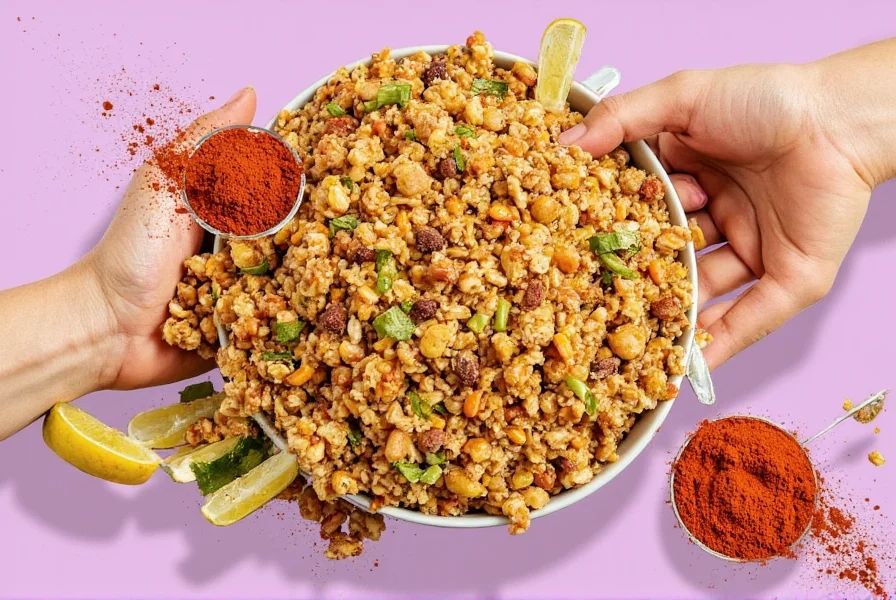
5. Rotate Your Stock
Paprika should be replaced every 2–3 years. Ground spices lose potency faster than whole. Do a seasonal check and refresh what’s gone stale.
Conclusion: Make Every Bite of Jambalaya Sing
Jambalaya is more than just comfort food — it’s a canvas for bold flavors and clever technique. By using fresh ingredients, mastering spice techniques, and storing them properly, you’ll make sure each batch hits harder than the last.
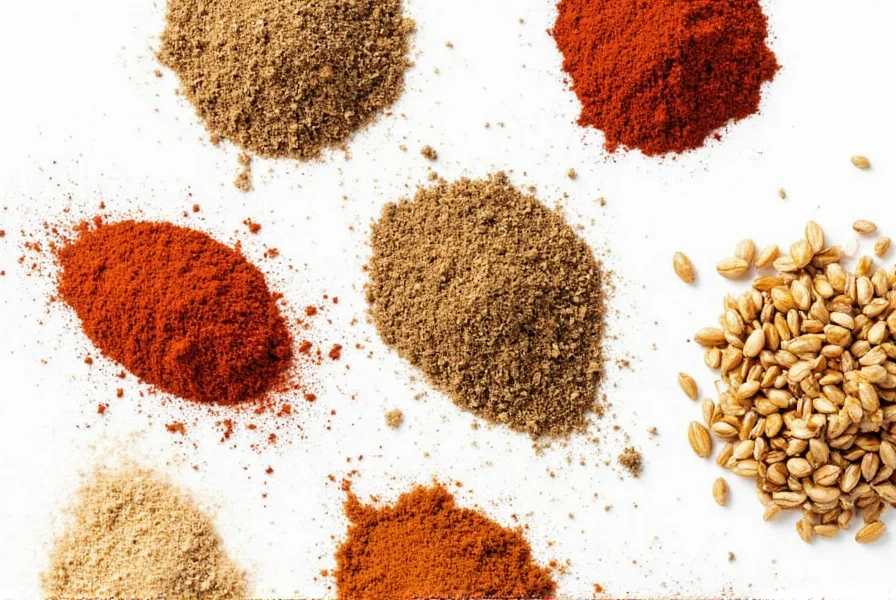
Remember, the best jambalaya starts with understanding its cultural roots and ingredient evolution. Invest in quality spices, recognize regional distinctions, and treat your pantry like a lab of flavor. Whether you’re cooking for family, friends, or just yourself on a rainy night, these evidence-based techniques will help you create something unforgettable.
Frequently Asked Questions
What are the essential main ingredients for authentic jambalaya?
The core components are the "Holy Trinity" (onion, celery, bell pepper), long-grain rice, protein (typically chicken, andouille sausage, and/or shrimp), and a robust spice blend featuring smoked paprika, cayenne, garlic powder, and thyme. Tomatoes are used in Creole-style but omitted in traditional Cajun versions, as verified by Louisiana culinary historians.
How do I know if my spices are still fresh enough for jambalaya?
Fresh spices should have vibrant color and strong aroma. Rub a small amount between your fingers - if the scent is weak or musty, they've lost potency. Ground spices typically last 1-2 years while whole spices remain fresh for 3-4 years. Always store in airtight containers away from light and heat. The USDA's National Center for Home Food Preservation confirms these shelf-life guidelines.
Can I substitute regular paprika for smoked paprika in jambalaya?
You can, but you'll lose the characteristic smoky depth essential to authentic flavor. For a closer approximation, add 1/4 teaspoon liquid smoke to regular paprika, or include a small piece of chipotle pepper while cooking. As documented in John Folse's Encyclopedia of Cajun & Creole Cuisine, smoked paprika is non-negotiable for traditional recipes.
What's the difference between Cajun and Creole seasoning for jambalaya?
Cajun seasoning is typically salt-free and features more cayenne and black pepper for heat, while Creole seasoning contains added salt and often includes more herbs like oregano and thyme. Both work, but traditional Louisiana jambalaya uses the Cajun approach with salt added separately during cooking, per standards established by the Louisiana State Museum's culinary archives.
How can I fix bland jambalaya after it's already cooked?
Revive under-seasoned jambalaya by stirring in 1-2 teaspoons of your homemade spice blend per quart, plus a splash of hot sauce or vinegar for brightness. Let it simmer 5-10 minutes to incorporate flavors. For immediate serving, top with fresh herbs and a squeeze of lemon juice to awaken existing flavors. Professional chefs at Commander's Palace in New Orleans confirm this technique preserves texture while enhancing taste.

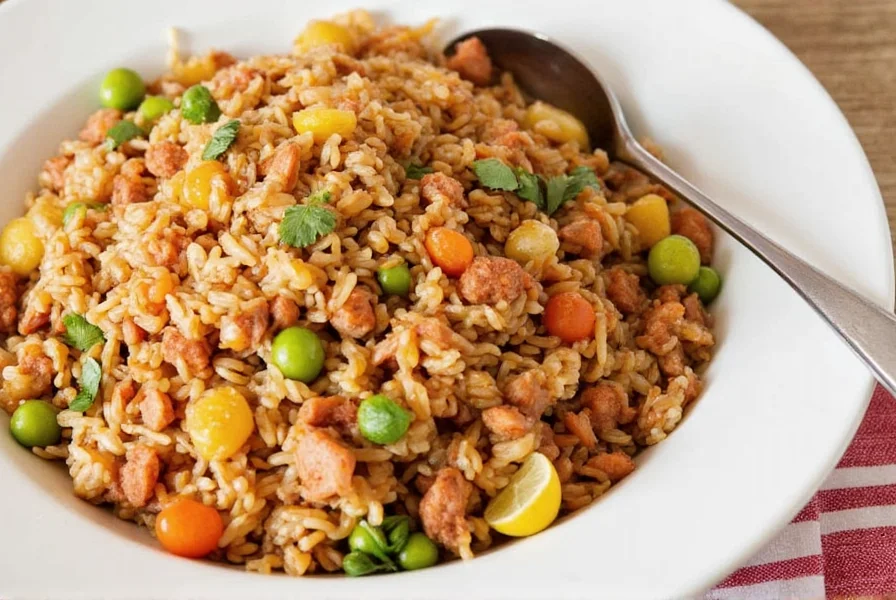









 浙公网安备
33010002000092号
浙公网安备
33010002000092号 浙B2-20120091-4
浙B2-20120091-4